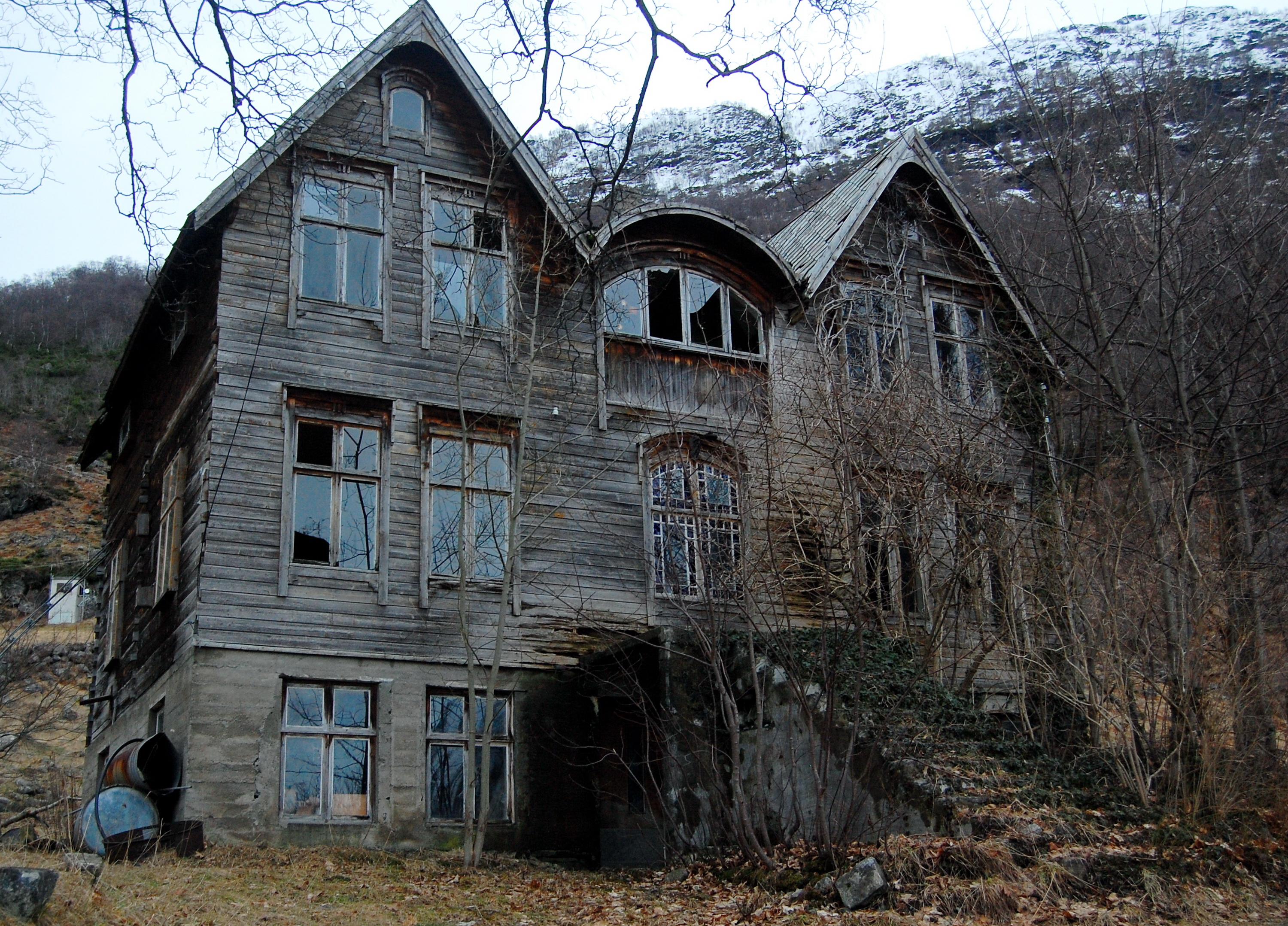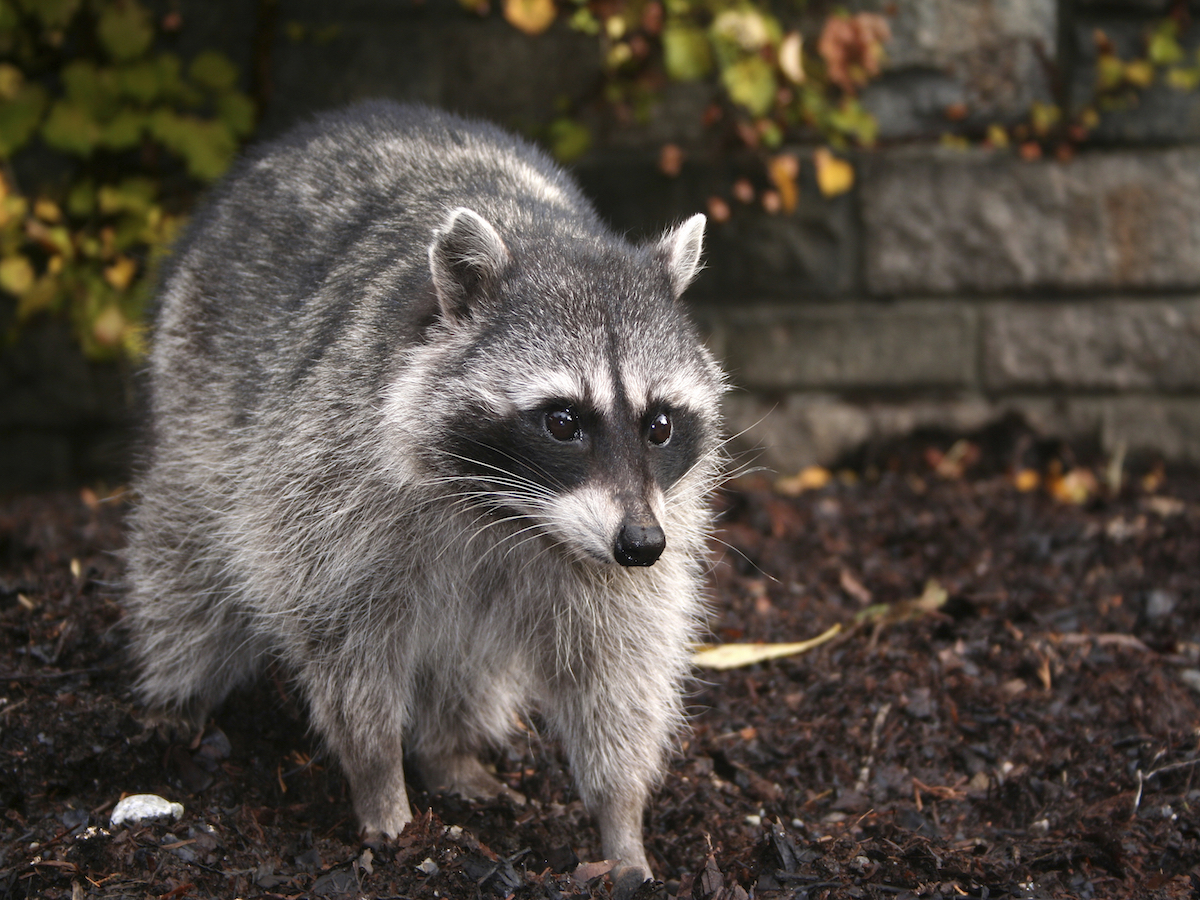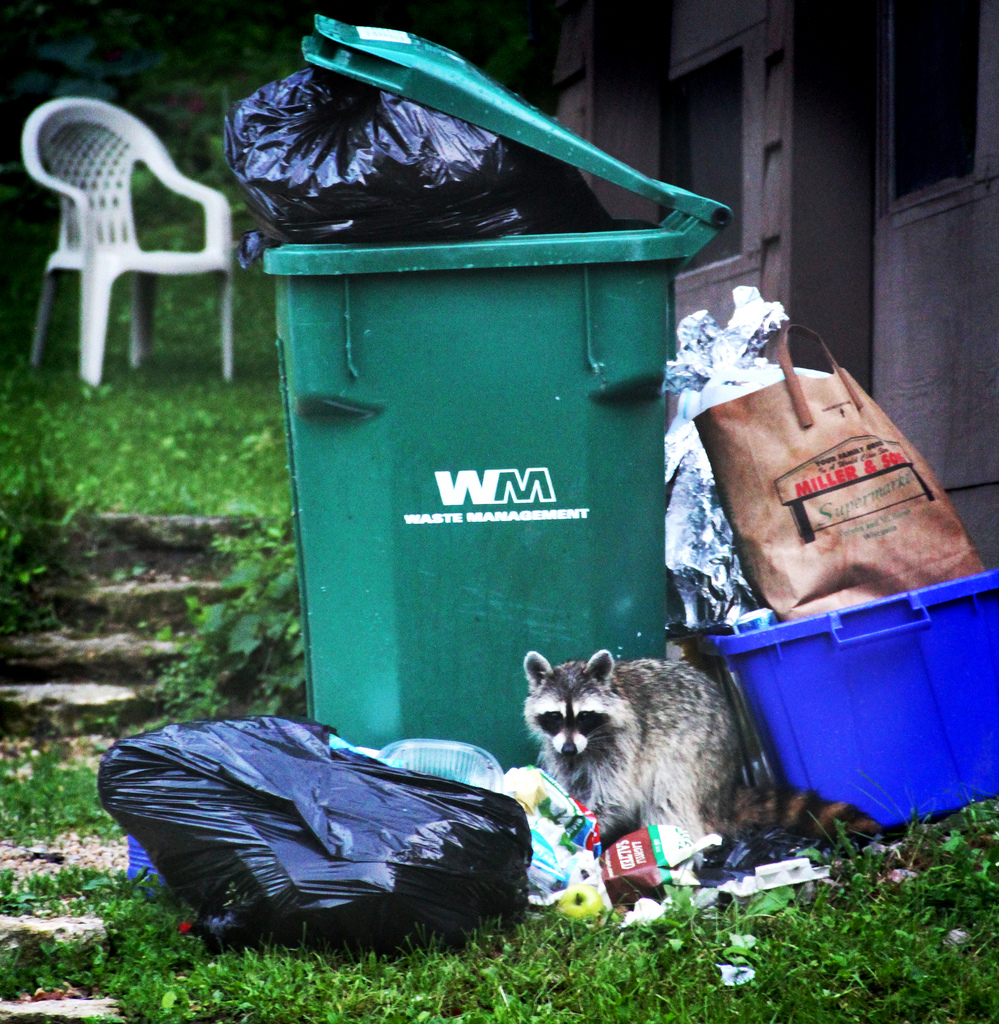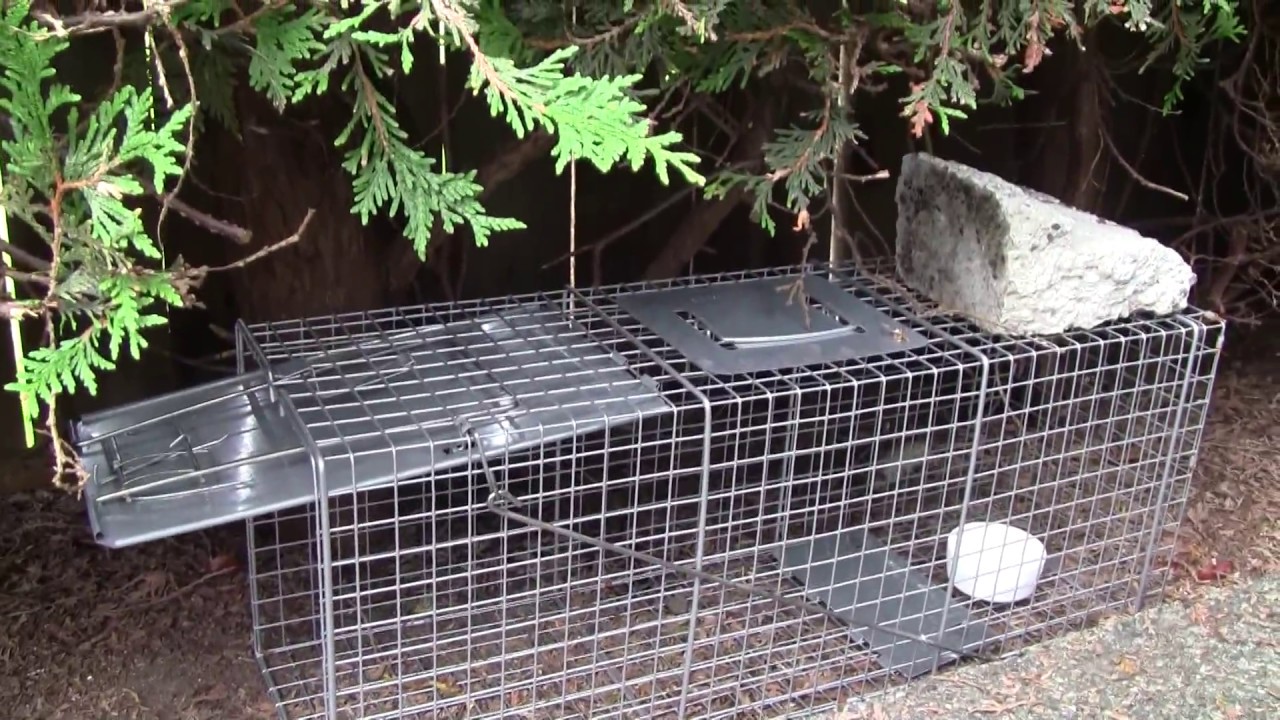A cold wind wails past your open window, rustling leaves and clattering blinds on its way down the dark, empty street. You feel a chill brush against your arms and try to rub it away as you head to close the window in hopes of keeping out the cold. As you approach you hear a loud crash and see a shadowy mass race through your yard. The wind, you notice, has suddenly ceased its howl and the street is completely silent. You lean against the screen, looking for the cause of the crash, but the dim light of a cloudy dusk and the solitary circle of amber provided by the lone streetlight keep most of the street in shadows. A rustling in the bushes directly below you causes you to jump back and quickly shut the window, bolting it tight against whatever is out prowling this night.
With the window closed, the cold begins to dissipate from the room, but you can still feel the chill rippling your skin and crawling down your spine. Attributing the chill to the patio door still being open, you walk through the house toward the screen door that’s still letting in the evening air. Your fingers barely graze the handle before you get the feeling that something is just feet from you on the other side of the flimsy mesh. You slam the door closed and latch it before flicking on the light and illuminating your backyard where you barely glimpse what you swear is a small hand pulling away from your garden gate, which creaks gently on its hinges.
Shaking your head, you convince yourself that you’re just tired, and head off to bed. As you lie under your warm blankets, you attempt to ignore the quiet scraping coming from somewhere above you.
It’s not a restful sleep that greets you, as images of prowling shadows creep through your head, so it’s no surprise when you find yourself roused just before dawn. A quick glance at your phone tells you it’s not the culprit for your early wake up call and you are just about to attempt to lie back down when you hear it. A loud thump and some definite movement coming from right above you. You throw back the covers and jump out of bed, eyes glued to the ceiling. Nothing happens. Minutes pass and still nothing. Then, just as you are about to head to the kitchen for some much-needed coffee, another thump, this time closer to where you’re standing.
Heart racing, you throw a coat on over your pajamas and grab a flashlight, hoping that the noise is something hitting your roof instead of what you truly fear. The tiny circle of light doesn’t make a dent against the grayness of the sky, but surely there is nothing on your roof big enough to make the kind of noise that woke you. As you make your way around to the back, you notice what look like dozens of tiny hand prints in the soft soil. The chill in your spine is back and you snug your coat tighter against you as you point the beam of light further into the darkness. Rounding your garage, you see that your trash can has been tipped over and one of the bags has been violently ripped open, strewing garbage across your driveway. As you maneuver through the refuse you curse at every jolting clunk and crinkle as your feet contact trash you hadn’t noticed as you keep your light pointed into the hazy distance.
When you reach the back of the house, you hear the garden gate still creaking on its hinges. You give a glance over your shoulder as you feel a shiver pass through you and shine the light in great arcs across the yard. With nothing clearly in sight, you slowly approach the garden. More tiny handprints greet you, along with the sight of several pillaged and decapitated plants. You click the gate back into place just as you hear a rustling from somewhere above you. Whipping around, you shine the light against the roof and see a shadowy mass seemingly emerging from your roof. Your chest constricts and your breath catches in your throat as you watch the mass continue to grow. Just as you are about to turn and run, the mass scampers across the roof and down the side of the building. Once the shock wears off, you head in its direction, flashlight wavering, until you see it just beyond the periphery of light. Steadying yourself, you raise the light higher and finally get a good look at the creature: gray fur, small hands, and a distinct black mask around its eyes. The raccoon saunters away as you collect yourself before heading back inside to call your exterminator.
Fast Facts About Raccoons:
- Average Size: 2 to 3 feet long, weighing 7-23 lbs.
- Lifespan in the Wild: 2 to 3 years
- Appearance: gray fur, black mask around the eyes, black rings around the tail, pointy snout, and nimble hands
- Diet: omnivorous and opportunistic
- Habitat:
- In the Wild: den in tree hollows and ground burrows (made by other animals) in heavily wooded areas near water and vegetation
- In a Home: attics, crawlspaces, chimneys, sewers, barns, and sheds
- Active Times: nocturnal with greatest activity in spring, summer and fall
- Reproduction: females usually give birth to 1 to 6 kits in April or May; these babies will stay with the mother for about a year
- Skills: highly dexterous and clever, they can open doors, jars, lids, latches, etc. They are also excellent climbers and swimmers.
- Dangers: raccoons can carry and transmit several highly dangerous organisms:
- Rabies – this virus infects the central nervous system and can be fatal
- Roundworm (Baylisascaris procyonis) – in humans this parasite can invade the eye, organs, and brain, and can cause death
- Leptospirosis – without treatment this bacteria can lead to kidney damage, meningitis, liver failure, respiratory distress, and death.
- Salmonella – this bacteria can cause diarrhea, fever, and abdominal cramps, and can be severe enough to require hospitalization
Signs of Raccoon Damage:
- Raided & tipped over trash cans
- Trash strewn around a yard
- Damaged/eaten gardens or crops
- Torn shingles
- Uncapped chimneys
- Pillaged bird feeders
- Tracks with front paws that look like human hands, and rear paws with five long toes
- Loud noises at night from the attic, chimney, or crawlspace
- Damaged insulation, shingles, and wiring
- Build up of nesting materials accompanied by droppings and/or urine stains
Raccoon Removal
If you think you have a raccoon living in or around your home it’s best to call in a pest control professional to assess the situation and create a plan to safely catch and remove the raccoon. The technician will determine any points of entry that the raccoon may be exploiting to access your home and will place and regularly check a live animal trap to catch the raccoon before it can cause any further damage to your home. A technician may also be able to perform exclusion (repair/deterrent) work on any possible entry points, and can create a plan for the best time to do this work so as not to trap a raccoon inside your home.
It’s best to leave raccoon trapping to a professional for three main reasons. First is safety; as noted above raccoon can carry several very dangerous organisms, and a technician is trained in proper handling of wildlife, making it significantly safer for them to interact with the raccoon than the average homeowner. Second is effectiveness; a technician has training and experience on the best baits, locations, and methods for wildlife removal. Third is humaneness; a technician will know to check for the possibility of raccoon kits and will take appropriate measures to ensure that the mother and babies are removed together.
Raccoon Prevention
Whether you’ve already had a raccoon issue at your home or you just want to mitigate your chances of having one in the future, here are some tips to prevent these animals from invading your space.
- Regularly inspect and repair any potential entry points: broken vents, holes, uncapped chimneys, loose siding, and loose shingles
- Install a mesh cover over chimneys
- Store trash and pet food in sealed areas that a raccoon cannot get into (remember, they are very clever and have nimble fingers)
- Remove bird feeders
- Keep your yard free from debris (like leaf litter) and brush
- Keep firewood away from the house, ideally 20 feet or more
This fall as Halloween approaches, don’t let raccoons make your home into a haunted house; keep the scary stories and bumps in the night relegated to the realms of movies and campfires, and call a pest control technician as soon as you suspect you might have a problem.
Additional References:
“Raccoon Facts” – Havahart
“Raccoons” – PestWorld.org
Author Bio: Alissa Breach has been gaining knowledge and experience around pest control concerns over the last 10 years while working for Mid-Cities Pest Control. She has a creative writing BA from UW-Madison and is always pursuing new and interesting writing projects.









